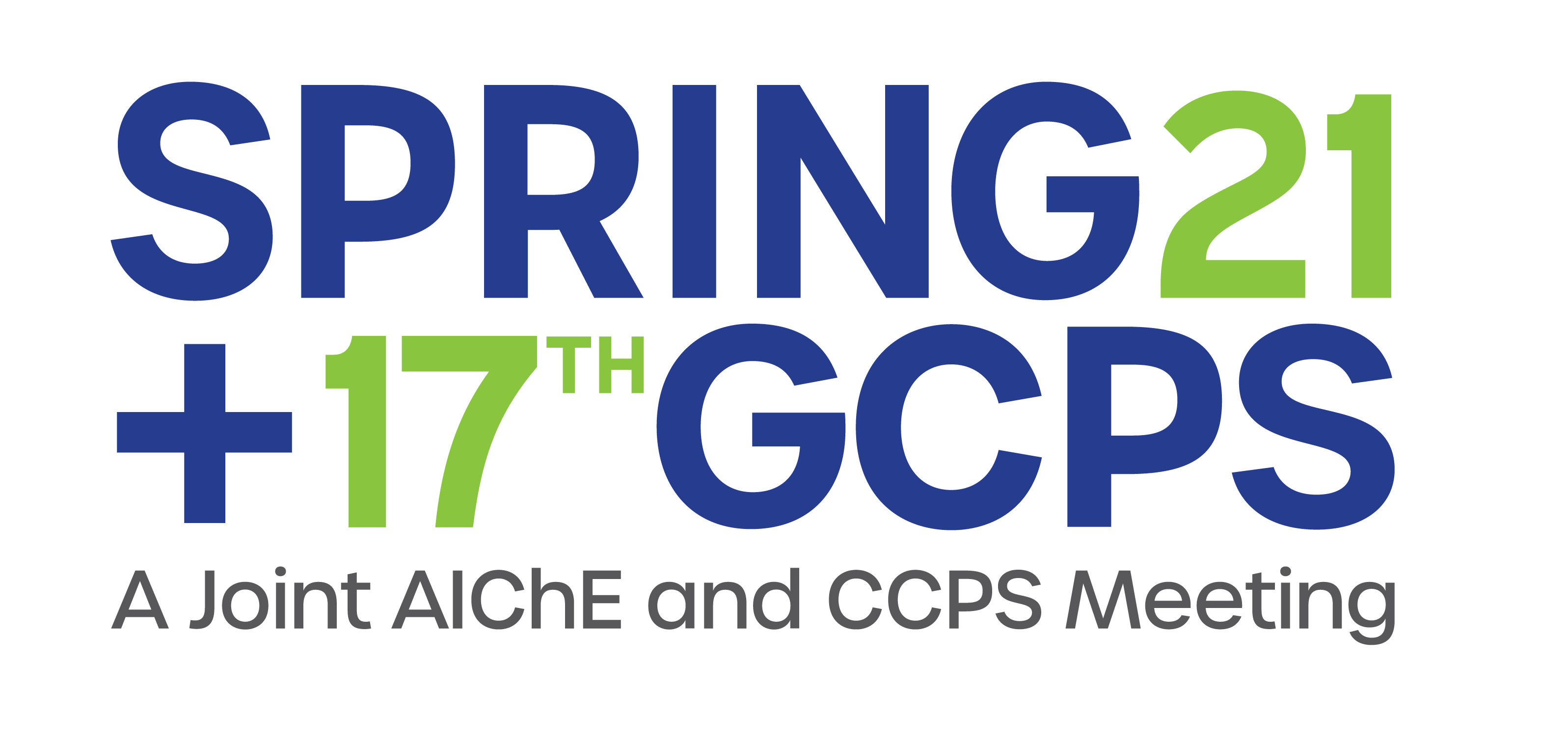

Low Hanging Fruit. Earlier in the history of the PSM regulations it was not unusual for PSM audits to reveal 50-60 findings. In the MI element, 20-30 findings were not unusual. So the low hanging PSM fruit has been found and that sort of result has largely disappeared. The raw number of findings has become a very sensitive issue during audits and the audit culture reflects this sensitivity.
Continuous Improvement. This term usually is regarded as a positive aspect of any program because it infers constant thinking and adaptation about what and how to do things, in this case the quality of PSM program. Continuous improvement also means changing things when it is appropriate, i.e., adapting. Therefore, PSM audits should also adapt as PSM requirements and practices change. But if the underlying regulations haven’t changed why should PSM audits adapt? Also, is there a de-minimus level of PSM program improvement beyond which the expenditure of time and resources will return only a minimal decrease in the process safety risk? Common sense says that there is such a point. But where is that point?
RAGAGEPs - Shall vs. Should. In 2015 and 2016 OSHA issued formal guidance to its field offices defining the term RAGAGEP. In addition to defining the types of documents that they believed qualified as RAGAGEPs, OSHA also provided guidance on how to treat “shall†vs. “should†language in RAGAGEPs. This largely comported with long-standing industry practice but the publication of this guidance focused everyone in the PSM community on a set of common definitions. The treatment of “shall†language, or equivalent terms (e.g., “must†or “willâ€) is fairly straight forward. These are treated as mandatory/compliance requirements. However, there has been misinterpretation of “should†language.
The Meaning of “Finding.†As the number of findings discovered in PSM audits has steadily decreased in the last 5 years or so, the word “finding’ has become somewhat controversial during audits. This is clear from the reaction of some facility personnel during daily debriefs and closing meetings. Calling a deficiency a finding these days seems to be jarring and even upsetting to some facility personnel. Also, there is increasing pressure to re-categorize findings as something less-than-compliance. This goes by different names, e.g., “observations,†“suggestions,†“recommendations,†“opportunities for improvement,†etc. They are usually not treated the same way as findings. The criteria for what deficiencies reach the threshold of a finding should be established.
Who Found It First? Many auditors encounter pushback from facilities when a finding is discovered that the facility already knew about, but hasn’t corrected yet. Changes in budgets, priorities, management personnel can alter the planned follow-up of an action item. An audit finding is a bit harder to ignore.
What Does “Overdue†Mean? The amount of overdue PSM related activities has reduced substantially in recent years. Particularly in MI, the number of overdue ITPM tasks has decreased to nearly manageable levels. These smaller numbers have created a new auditing problem. What if a very small sample of a large population is overdue? Is that a finding? There should be criteria for this issue too. Each overdue situation should be evaluated on a case-by-case basis and how the facts for each situation relate to these criteria should be evaluated individually and collectively before deciding whether there is a finding or not.
Deferrals. If not managed properly using formal; deferrals can be somewhat of a shell game with ITPM tasks. This is a systemic problem in the PSM community.
How is “Timely†Interpreted? This term shows up in both the PHA and MI elements of the PSM and RMP regulations and has bedeviled PSM practitioners for years. It generally provides a qualitative measure of whether a facility has corrected something or implemented an action item in a time period that is reasonable given the complexity of what actions are required. It’s the qualitative part that is difficult because it requires the auditor to evaluate the time period that something has not been accomplished and decide whether it is reasonable or not. Like many other auditing practices some established criteria will help auditors make cogent decisions about findings.
PSM Metrics/KPIs. PSM metrics programs, which are not mandatory, but are almost a universal practice in some form, have actually made PSM audits harder. PSM metrics programs are very sensitive to the prevailing process safety culture in a facility. It is not unusual to have findings that do not agree with the reported PSM KPIs in a facility. How does this happen?
Performing Audits Under Attorney-Client Privilege. Conducting PSM audits under attorney-client privilege (ACP) has become increasingly common. A number of companies do this routinely, believing that this exerts better control over the scope and the type of findings that will result. So we have to adhere to the rules that the attorneys issue to us. This presents some unique challenges on conduct, documentation, and flow of information of the audit. In practice an ACP audit can vary from being very loose with little impact on the audit to being very detailed and burdensome administratively.
This paper will expand on all of these topics.
Presenter(s)
Language
Pricing
Individuals
| AIChE Member Credits | 0.5 |
| AIChE Pro Members | $19.00 |
| AIChE Graduate Student Members | Free |
| Safety and Health Division Members | Free |
| AIChE Undergraduate Student Members | Free |
| AIChE Explorer Members | $29.00 |
| Non-Members | $29.00 |
